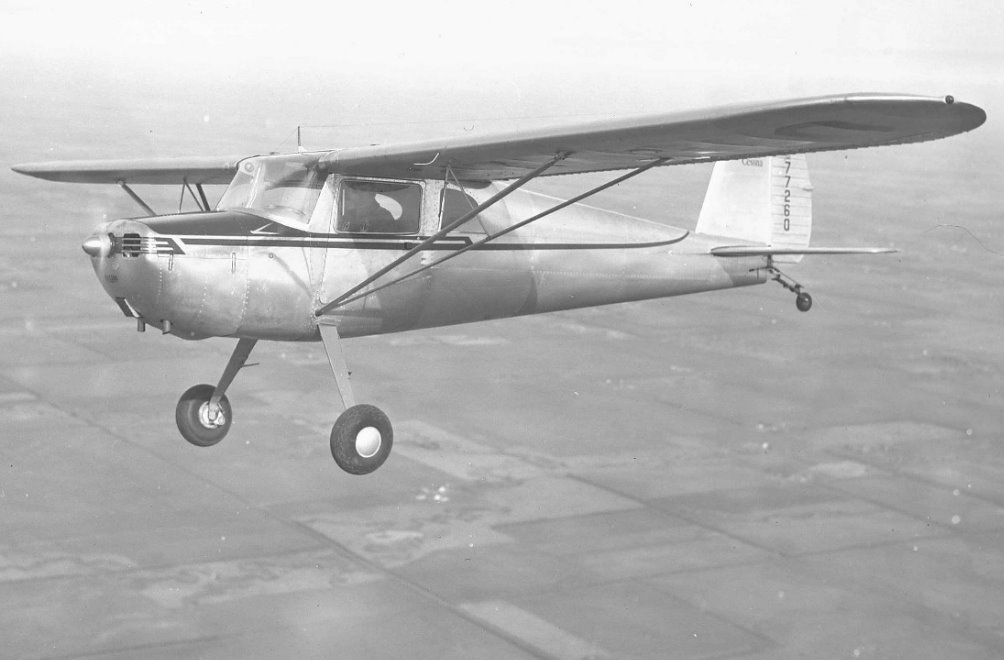This section of seal has been wired on with some safety wire. This is not how the factory did it.
The seal is made of a strip of soft felt in a rubberized piece of fabric. The seal is assembled into a "P" shape with the loop of the P setting on the flange of the baffle. The tail of the P is stapled to the wall of the baffle. At first I thought the felt was 3/8" square. After more careful measuring I believe it is 7/16" square. The loop for the felt is 1 3/4" from the stitching around to the stitching, 7/8" if you lay it folded flat.
The staples as I noted earlier will be replaced with 0.041" safety wire staples.
To figure out what felt I should have ordered I needed to determine the density of the felt and the pressure required to compress it 10%. The other specs are beyond my abilities to determine, and probably won't matter if no one sells felt with all the different percentages of wool in the SAE specs.
My first effort was to determine the compression. I washed the felt in MEK to remove years of oil.
To compress the felt I'm making a channel to stack 2 pieces and hold them in place while compressing them. I'm using some 1" aluminum angle for the walls of the channel. I've clamped the first wall to a piece of scrap steel. It's overkill for stiffness but it was free and it actually worked well.
On the second wall I inscribed a line .078" from the top. The wall is 1" tall. The 2 felt pieces total 7/8" tall and I'm using a piece of 1/8" aluminum for a plate to apply pressure to the felt. When the top of the plate reaches the line I've got 10% compression. OK it's not perfect but I'm just trying to decide which felt to buy from a list of available types.
I used the compression plate as a spacer to position the second wall to give me a 7/16" gap.
The one strip was long enough to use for the 2 pieces.
The test fixture looks like it should work as planned.
I set the test end of the fixture on the scale and the found a balance point along the steel which gave me a starting weight close to zero to give me the full range of the scale for the test.
I marked a center point on the on the compression plate and pushed down with a pencil until I could see the line on the wall. To take the readings I just photographed the scale, the joys of digital cameras. After several readings I averaged them to get a compression of 1.5 psi at 10% compression. Based on that the felt choices would be SAE F-12, F-13 & F-15 at 3 psi or F-26 at 1 psi.
My sample piece was small and weighed only 10 grams. which converts to 11 lb/ sq. yard (1" thick). The first 3 felts are spec'ed at 8.48 and F-26 at 7.2 so I need a better scale to do more with that.
In the end I ordered a piece of F-15 and a piece of F-26 from The Felt Store. Yes there is such a place. We'll see which one works best when they arrive.




















No comments:
Post a Comment